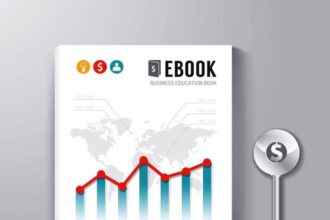For a famous person, Edward Tufte is adept at avoiding the papparazzi. You probably know this iconic Tufte teaching picture. But it is pretty hard to find another picture of him.
For a famous person, Edward Tufte is adept at avoiding the papparazzi. You probably know this iconic Tufte teaching picture. But it is pretty hard to find another picture of him.
Until now. The clever folks at AdAgeStat were able to get a shot (undoubtably with a bowtie camera) of Tufte for an interview on their AdAgeStat blog.
The interview is worth a read. It covers some of the typical Tufte hobby-horses, like this rant about PowerPoint:
“PowerPoint benefits the bottom 10% of presenters by forcing them to have points, some points … any points at all. And the best 10% of presenters have such good content, style and self-awareness that PowerPoint does little damage. PowerPoint should be used solely as a projector operating system to show 100% content, without the bullet grunts, logos and the formatting nonsense from the Strategic Communications Department, and the $20 million Pentagram corporate format guidelines.”
That stuff aside, there were some great nuggets about data presentation. For example his take on presenters and credibility:
“Presenters need (1) to tell a coherent story and (2) to convince their audience of their credibility. A good way to gain credibility is not to have lied to the same audience last month. Another is to demonstrate that you are not a cherry picker, basing your case on evidence selection rather that on evidence. Another necessity is to demonstrate your mastery of detail.”
In my experience, providing your audience with some (limited) flexibility to interact with the data is a great mechanism for building credibility. Have the confidence to allow access to more than cherrypicked data and you won’t come across as manipulative.
Tufte pushes back on the notion of being “overwhelmed by data” by saying:
“Overload, clutter, and confusion are not attributes of information, they are failures of design. So if something is cluttered, fix your design, don’t throw out information. If something is confusing, don’t blame your victim — the audience — instead, fix the design.”
In the world of business intelligence and reporting software, there isn’t a lot of empathy with audiences. The focus is squarely on the user trying to create something, not the reader trying to understand the content.
Finally, he hits on a seldom-discussed gap in data analysis by noting that “good content reasoners and presenters are rare, designers are not.”
In conversations with people like Andrew Abela and Nancy Duarte, we’ve thought a lot about how tools can help people better present data. In the end, it is still a very human art form to synthesize understanding about a problem and construct a logical argument or story around it. Tools can only help facilitate and guide the process.










